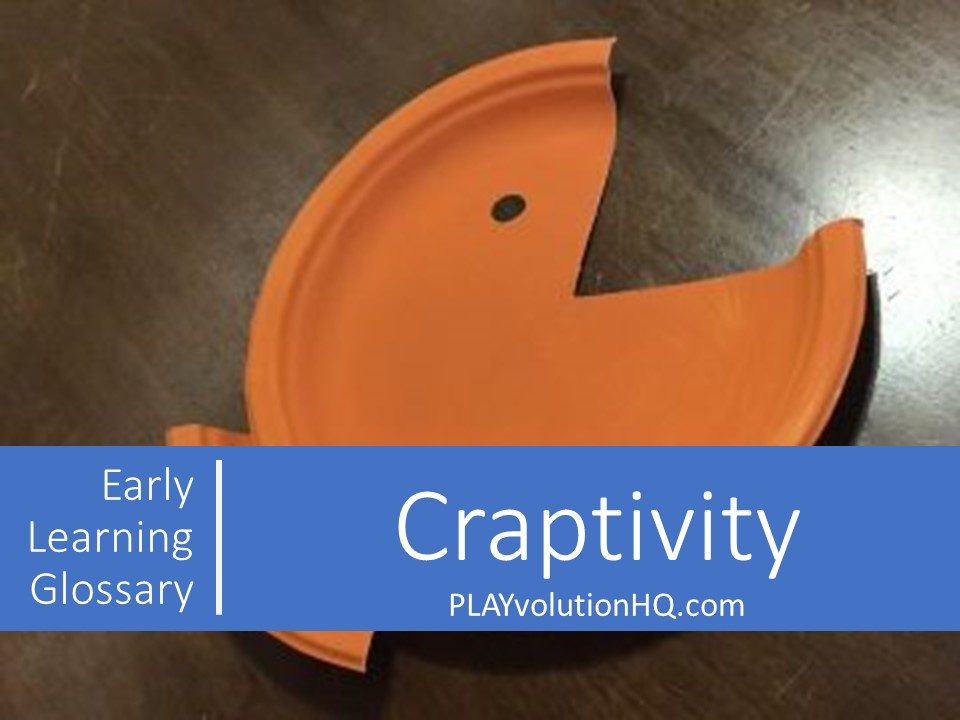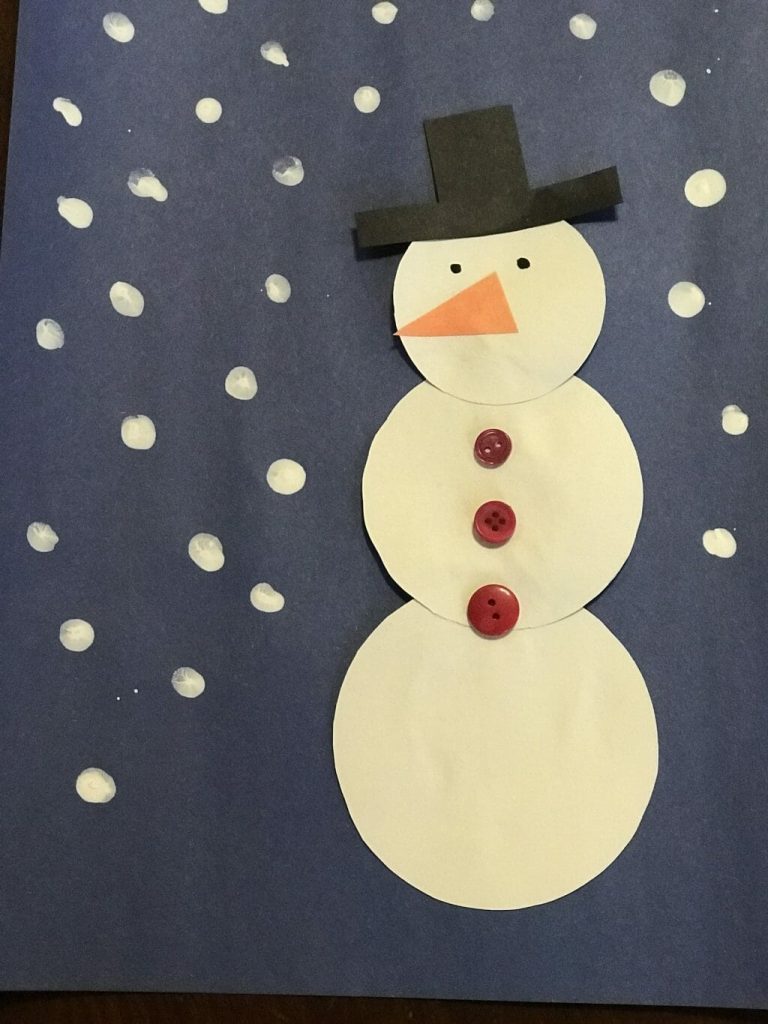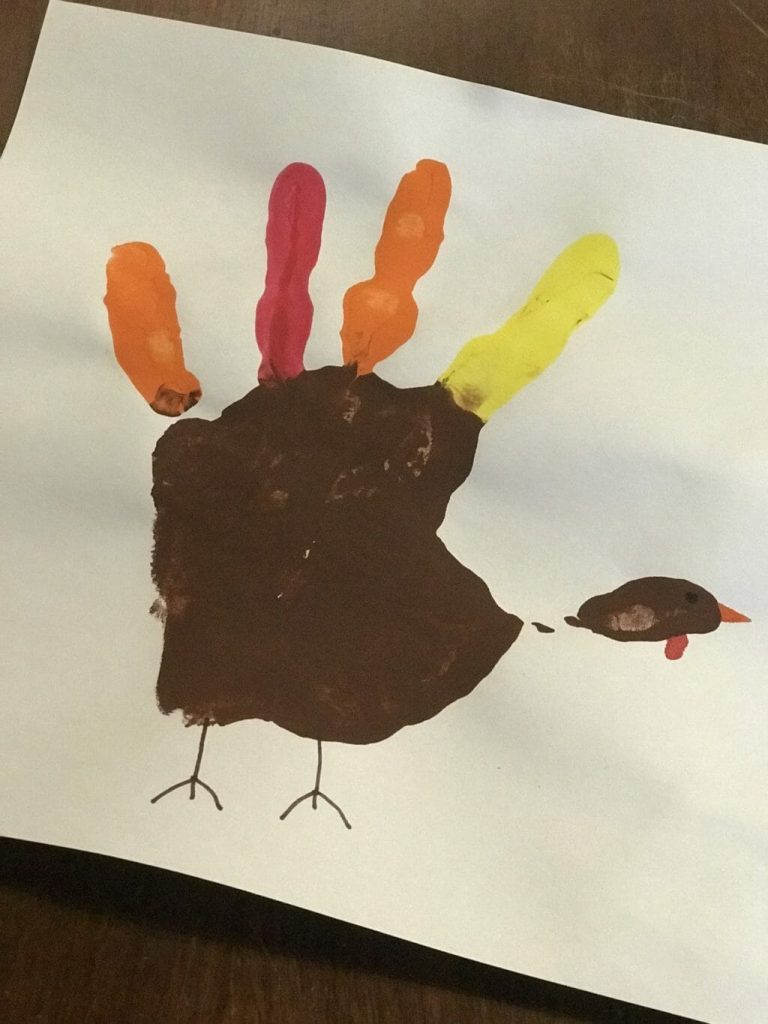Revised | Originally Published: July 3, 2021 @ 7:04 pm

What Is A Craptivity?
Craptivity is a descriptive term used by some in the early learning profession to describe activities (often craft projects) that:
- Focus more on the appearance of the finished product than on the activity’s process
- Are more teacher-focused than child-focused,
- Are of questionable developmental appropriateness
- Fail to meet Gray’s Conditions of Play

Craptivities often involve a lot of teacher prep time (cutting out pieces, organizing materials), don’t involve much freedom of expression from the children, and are often intended to offer parents a Cute Thing to take home and hang on the refrigerator or send to Grandpa.

Defenders of craptivities assert that such projects help children learn to follow directions, self-regulate, hone small muscle skills, and more. There’s some truth to this, but play advocates would argue that those skills are better learned in child-initiated activities where the children have more control and ownership of the process.

As mentioned above, one reason such activities are so maligned in certain corners of the early learning world is that they fail to meet the Conditions of Play outlined by Peter Gray in this article and his book, Free To Learn.
Usage:
- “Miss Brittney spent the morning cutting circles for another craptivity she found on Pinterest today instead of helping with sensory play.”
- “Kayla, can you check Pinterest for a St. Patrick’s Day craptivity to send home with the kids on Friday?”
- “Oh, joy…Kevin made another captivity to clutter up the refrigerator.”
Interestingly, some early learning settings churn out craptivities because they think parents want the stuff, and parents struggle to deal with it all. The alternative is a process art area where kids are free to make what they like. Where they do all the planning, cutting, and deciding. This option is much more child-led and learning-rich.
Contribute content to Playvolution HQ
Brought to you by Explorations Early Learning
Thoughts On This Entry?
I’d love to hear your thoughts on improving this entry and suggestions for additional glossary additions in the comments below. You can also contact me with comments or concerns.
Browse Trainings
Post Author
Jeff Johnson is an early learning trainer, podcaster, and author who founded Explorations Early Learning, Playvolution HQ, and Play Haven.



Leave a Reply